The Shopify API is a powerful tool that allows developers to integrate their applications with Shopify stores. Whether you’re building a custom theme, creating a new app, or automating store processes, understanding the Shopify API is crucial. This comprehensive guide will explore the basics, covering key concepts, authentication methods, and essential endpoints to get you started.
Table of Contents
Understanding the Shopify API Architecture
The Shopify API follows a RESTful architecture, meaning it uses standard HTTP methods (GET, POST, PUT, DELETE) to interact with resources. These resources represent various aspects of a Shopify store, such as products, customers, orders, and more. Each resource has its own set of endpoints, allowing you to perform specific actions (e.g., retrieving data, creating new records, updating existing records, deleting records).
The API is primarily JSON-based, meaning data is exchanged in JSON format, making it easy to parse and work with in various programming languages. This ensures seamless integration with a wide range of development environments.
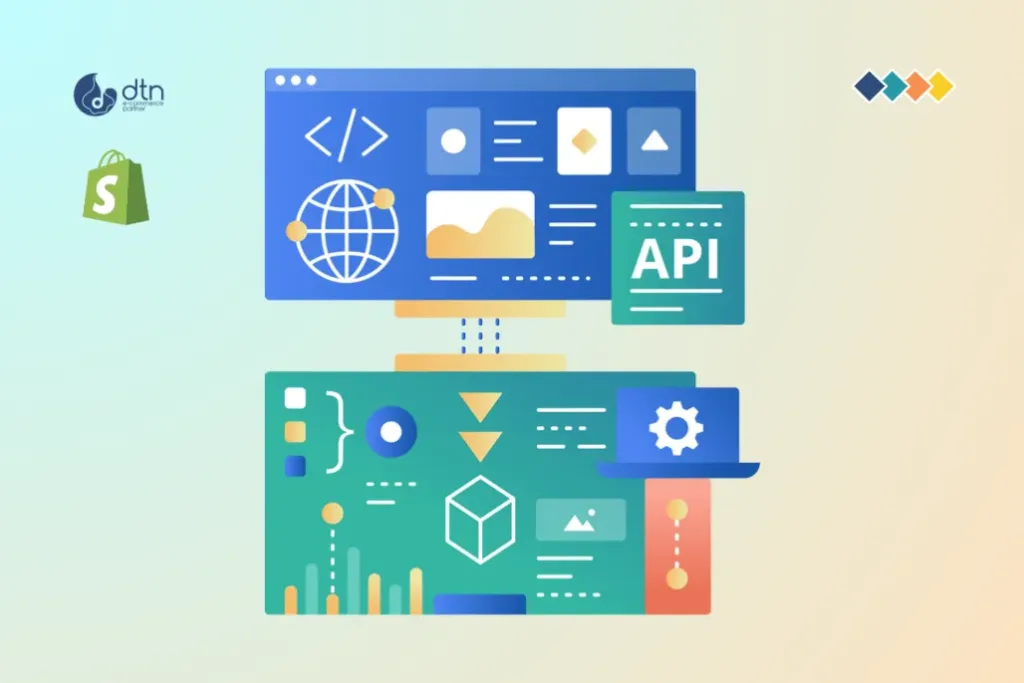
Authentication: Accessing the API
Before you can interact with the Shopify API, you need to authenticate your application. Shopify offers two primary authentication methods:
- OAuth 2.0: This is the recommended method for most applications, particularly those requiring access to a specific Shopify store. It involves a multi-step process where your application requests authorization from the user, receives an access token, and uses this token for subsequent API calls. The OAuth 2.0 flow ensures security by minimizing the risk of exposing your API keys.
- Private apps: These apps are installed directly into a Shopify store and have full access to the store’s data. They are suitable for applications built specifically for a single store and require fewer steps for authentication. However, they pose a higher security risk if compromised, so should only be used when absolutely necessary and with proper security measures in place.
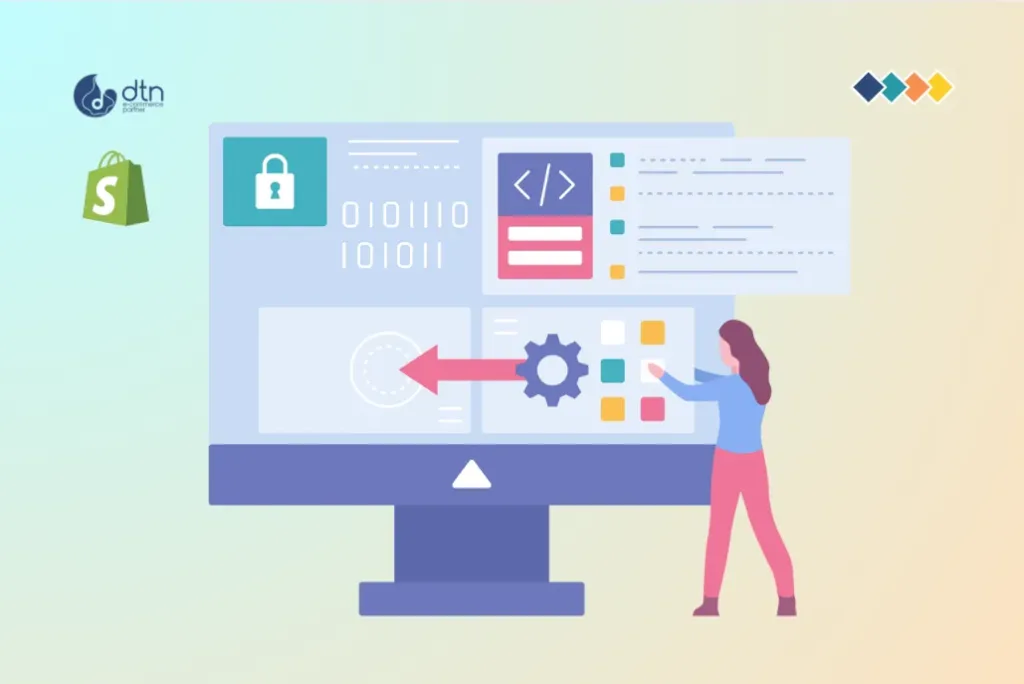
Key API Concepts
- API Versioning: The Shopify API follows a versioning system, ensuring backwards compatibility and allowing for gradual improvements without breaking existing integrations. Always specify the API version in your requests (e.g., /admin/api/2023-07/products.json). Refer to the official Shopify API documentation for the latest version.
- Rate Limits: To prevent abuse and maintain the stability of the API, Shopify imposes rate limits on the number of requests an application can make within a given time frame. Understanding and respecting these limits is critical to avoid encountering errors. The specific rate limits can vary depending on your plan and application type. Implementing retry logic and appropriate error handling is essential for robust API interactions.
- Webhooks: Webhooks provide a real-time mechanism for receiving notifications about events happening in a Shopify store. For example, you can receive a webhook notification when a new order is placed, allowing your application to react instantly without needing to constantly poll the API. Configuring webhooks significantly improves the efficiency and responsiveness of your integration.
- Admin API vs. Storefront API: Shopify offers two main API variations. The Admin API provides extensive access to store data and functionality, primarily used for building custom apps and managing store operations. The Storefront API is designed for accessing product data and other public information, useful for building custom storefronts or integrating with other platforms.
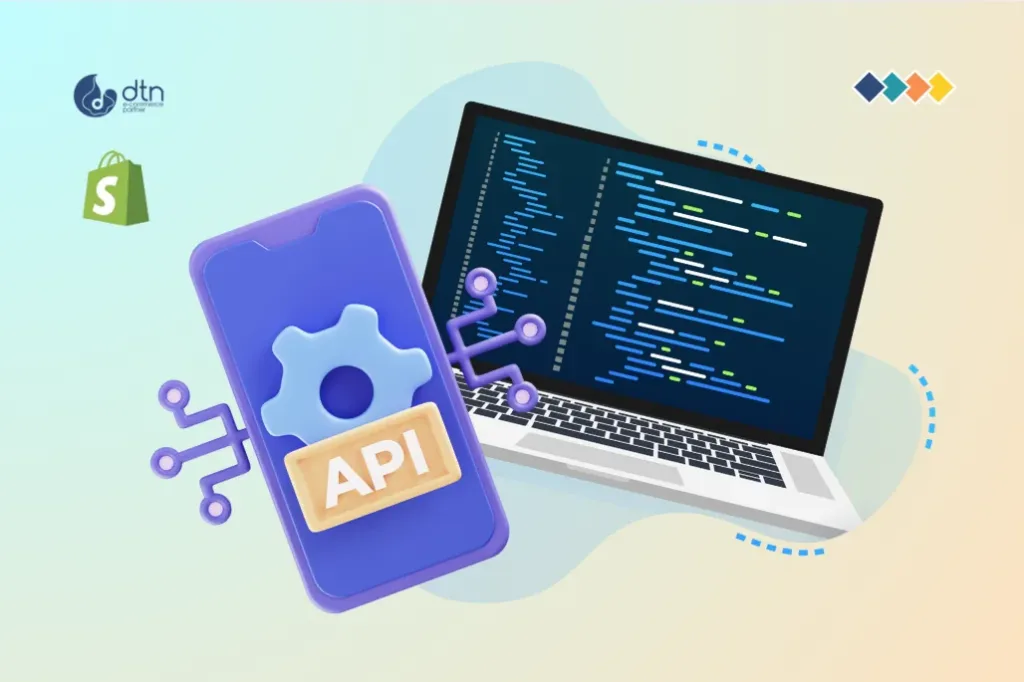
Essential API Endpoints
The Shopify API offers a vast array of endpoints. Here are a few essential ones for getting started:
- /admin/api/{{version}}/products.json: This endpoint allows you to manage products in a Shopify store, including creating, updating, retrieving, and deleting them. It’s fundamental for any application interacting with product data.
- /admin/api/{{version}}/orders.json: This endpoint provides access to order data, allowing you to retrieve order information, manage order fulfillment, and access order details. Essential for applications dealing with order processing and management.
- /admin/api/{{version}}/customers.json: This endpoint allows you to manage customer data, including creating, updating, and retrieving customer information. Useful for applications focused on customer relationship management (CRM) or personalized experiences.
- /admin/api/{{version}}/webhooks.json: This endpoint manages webhooks, allowing you to register and manage webhook subscriptions. Crucial for real-time integration with Shopify events.
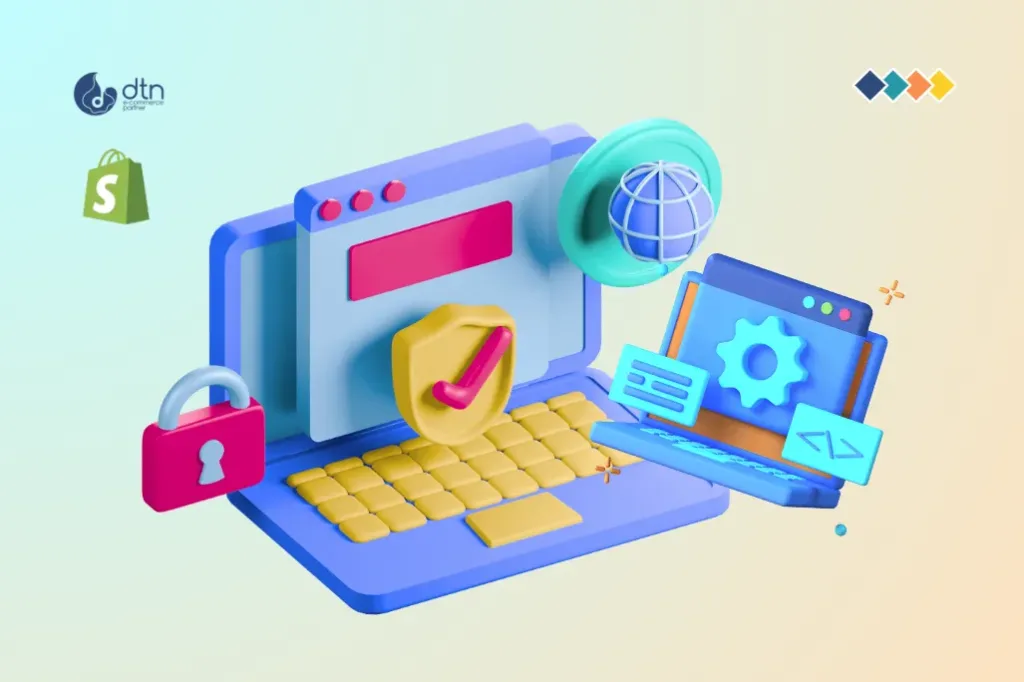
Getting Started with the Shopify API
- Register a Partner Account: You’ll need a Shopify Partner account to access the API and create apps.
- Create a Shopify App: Through your partner dashboard, create a new app, selecting the appropriate authentication method (OAuth 2.0 is generally recommended).
- Install the App: Install your app in a development store or a test store to begin development and testing.
- Explore the API Documentation: Shopify provides comprehensive API documentation, including detailed endpoint descriptions, request parameters, and response formats.
- Choose Your Development Language: Select your preferred programming language (e.g., Node.js, Python, Ruby, PHP) and use the appropriate SDKs or libraries for easier integration.
- Test Thoroughly: Rigorously test your application to ensure it functions correctly and handles errors gracefully.
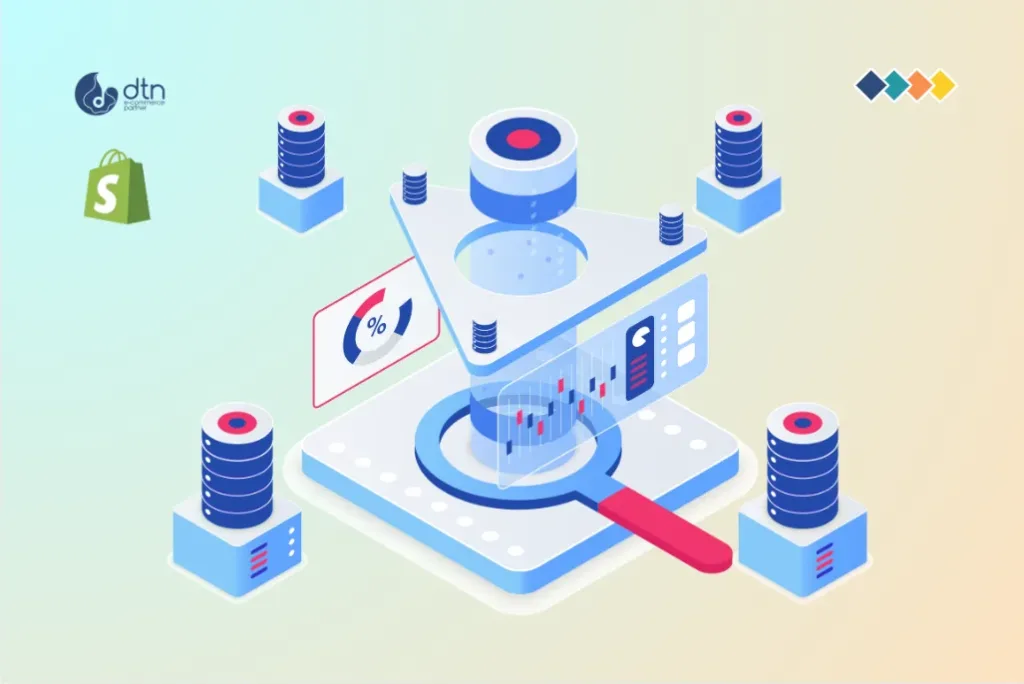
Conclusion
The Shopify API provides unparalleled opportunities for extending and enhancing the functionality of Shopify stores. While this guide covers the basics, mastering the API requires continuous learning and exploration. The vast capabilities offered allow for creative solutions and innovative applications. Remember to always refer to the official Shopify API documentation for the most up-to-date information and best practices. By understanding the fundamental concepts and employing secure coding practices, you can leverage the power of the Shopify API to build compelling and robust applications.
Ofte stillede spørgsmål
Vi har samlet en liste med svar på almindelige spørgsmål.
The Shopify API is a RESTful interface that allows developers to interact with Shopify store data. It uses standard HTTP methods (GET, POST, PUT, DELETE) to manage resources such as products, customers, and orders. Data is exchanged in JSON format, making it easy to use with most programming languages.
There are two main ways to authenticate:
- OAuth 2.0: A secure, multi-step process to request user authorization, ideal for apps requiring access to specific stores.
- Private Apps: Installed directly into a single store with full access to data, but with higher security risks if compromised.
Key concepts include:
- API Versioning: Each API request must specify the version to ensure compatibility.
- Rate Limits: Shopify imposes limits on API requests to maintain stability.
- Webhooks: Real-time notifications triggered by store events, like new orders, for more responsive integrations.
- Admin API vs. Storefront API: The Admin API manages store data, while the Storefront API retrieves public information.
Some essential endpoints include:
- /admin/api/{{version}}/products.json: Manage products (create, update, delete).
- /admin/api/{{version}}/orders.json: Access and manage order data.
- /admin/api/{{version}}/customers.json: Manage customer information.
- /admin/api/{{version}}/webhooks.json: Manage and configure webhooks for event-based triggers.
To get started:
- Create a Partner Account: Register as a Shopify Partner.
- Build an App: Set up an app through the Partner Dashboard, using OAuth 2.0 for authentication.
- Install and Test: Install the app in a development store and thoroughly test your integration.
- Use the API Documentation: Shopify’s detailed API docs help guide you through endpoints and features.



